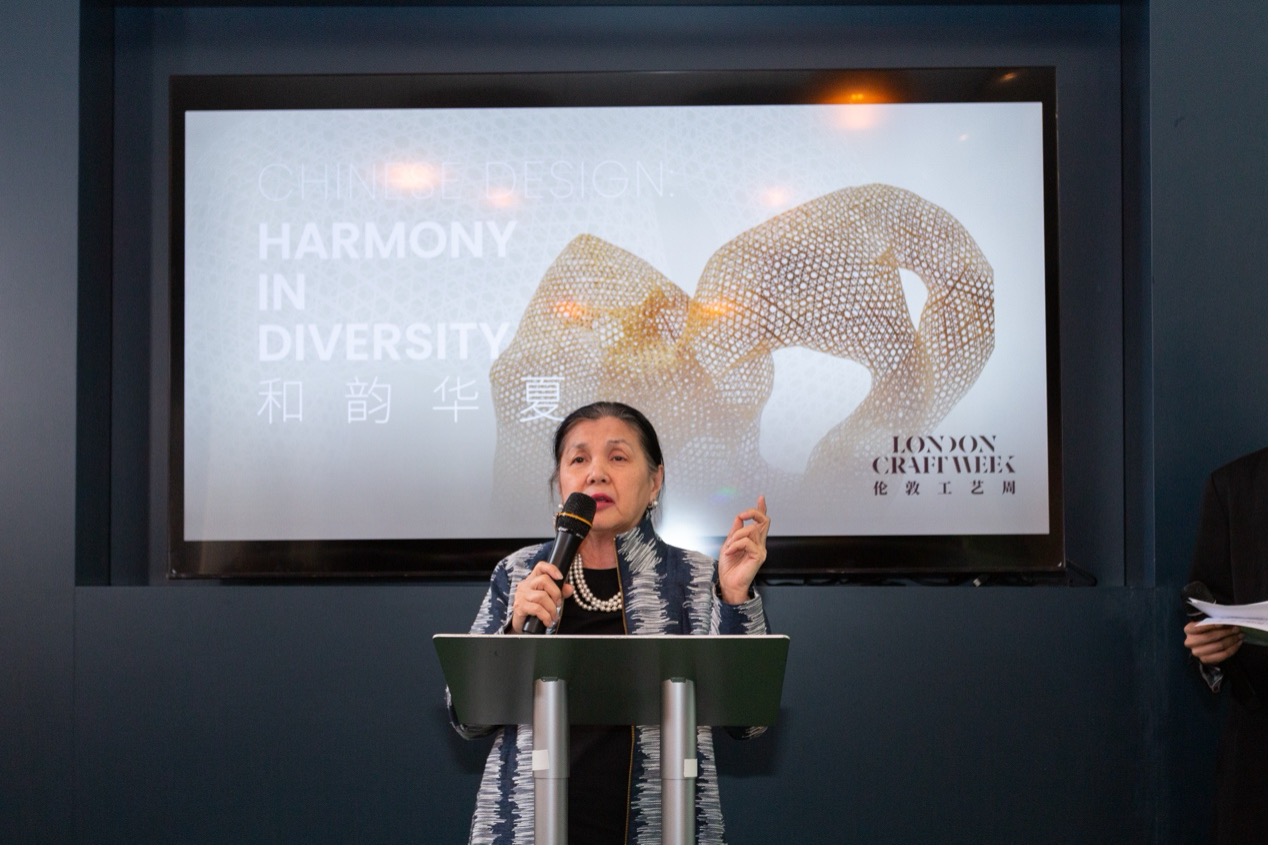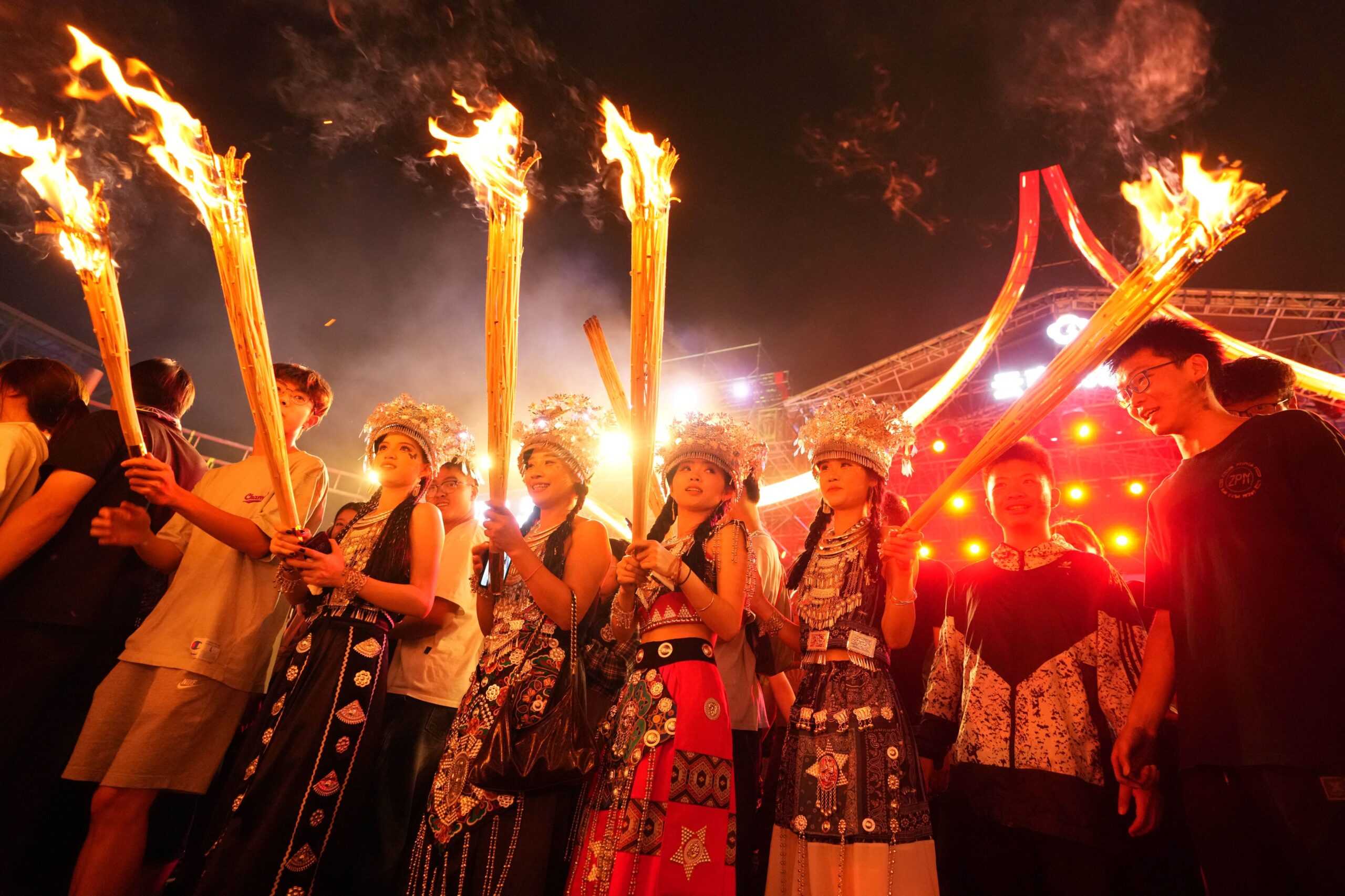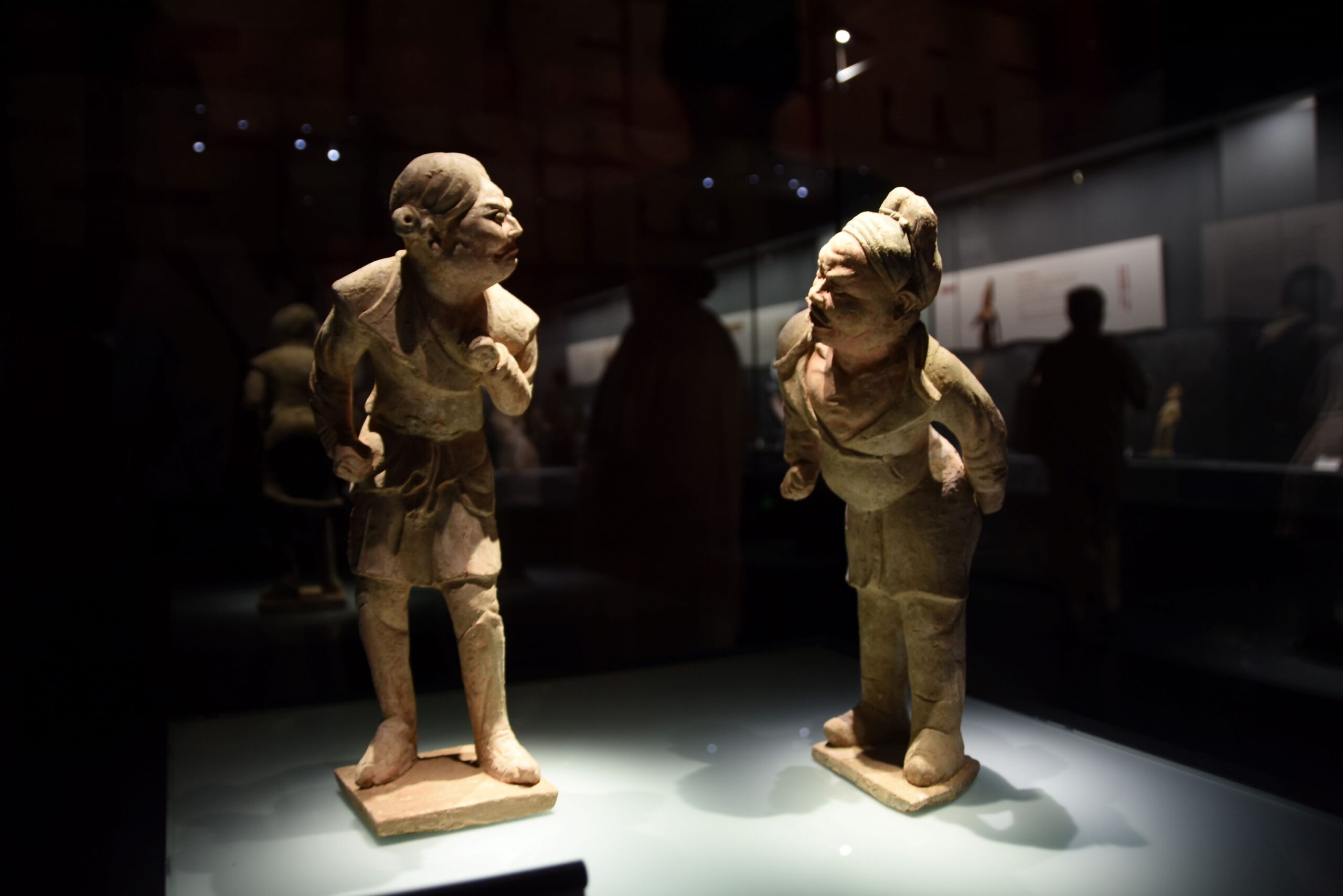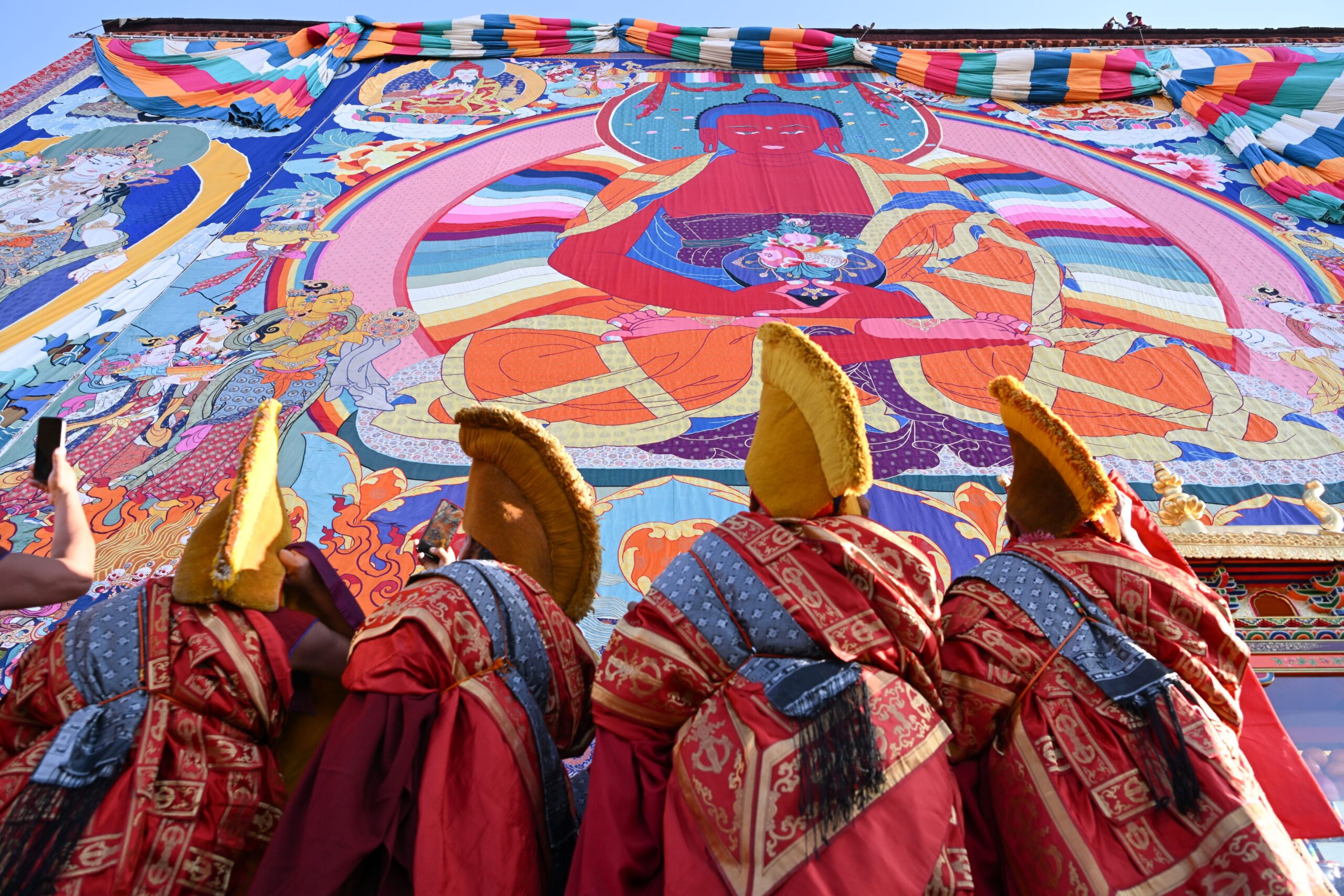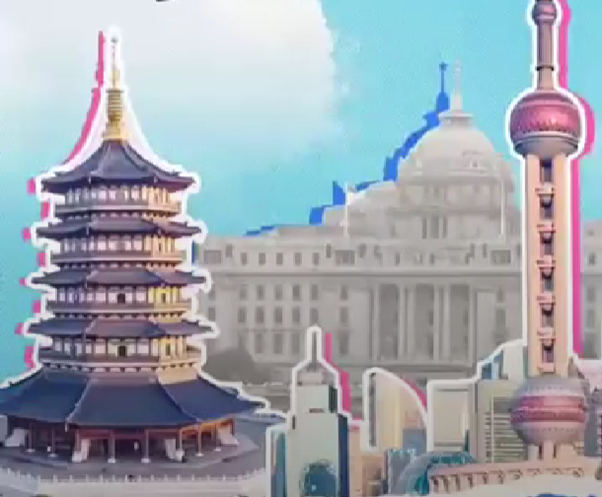On May 14, the annual 10th London Craft Week, themed ‘Chinese Design: Harmony in Diversity’ featured a special event with Jizhou Kiln Ceramics as the guest of honour.
Jizhou Kiln, located in Yonghe Town, Ji’an County, Jiangxi Province, is a renowned ancient folk kiln site in China. Established in the late Tang Dynasty, it flourished during the Five Dynasties, peaking in the Southern Song Dynasty, with over 1200 years of history. The 24 kiln sites from the late Tang to the Song and Yuan Dynasties form the world’s largest and best-preserved ancient kiln complex. Today, respecting history and pursuing artistic excellence, Jizhou Kiln artisans blend traditional firing techniques with innovation, producing five major ceramic series: wood leaf pattern, paper-cut applique, tortoiseshell, kiln-transformation, and underglaze painting. In 2014, “Jizhou Kiln Ceramic Firing Techniques” was listed as a national intangible cultural heritage, bringing Jizhou Kiln ceramics to the world.
Mick Davies, the President of the Royal Society of British Artists, delivered a speech during the event, sharing how his first discovery of the Chinese Collection at the British Museum in 1966 left a lasting impression on him. He praised the current exhibition as an extraordinary collection of beautiful works. Highlighting the historical significance of Chinese porcelain, Davies noted its role in economic and cultural exchanges since the Han and Tang Dynasties. He applauded the craftsmen and artists in China for continuing this tradition and contributing to global cultural heritage.
53-year-old Elizabeth came all the way from Poland to attend the exhibition. She stopped to admire every handicraft and said that all these exquisite ceramics require a lot of time and patience. They reflect reflections on history and life. She thinks these works are like invitations to Chinese culture sent to us. Her favourite is a uniquely designed ceramic tea set, not only because of its originality but because she feels it is very relevant to the whole tea culture. She explained how we come from different parts of the world, and we have different views on tea, for example in the UK, tea is closely associated with milk and in Poland, the traditional tea combination is lemon and honey. She expressed that the tea culture is the closest way to experience those ancient heritages, and the expression of tea sets also reflects different civilizational ideas.
Jizhou Kiln produces a variety of products with rich ceramic charm, particularly known for its black-glazed and painted ceramics. Through unique techniques like “leaf collecting in the mountains, clay training on the machine, embryo making in the water, and glazing in the fire,” each wood leaf bowl aims to promote the ceramic soul and convey the profound Five Elements of philosophy. After over ten years of development, Jizhou Kiln has adhered to an innovative development concept, actively developing new craft products with gold and silver edging, lacquer decoration, Dunhuang papercuts, and other unique forms. The ceramics industry is moving towards refinement and branding. Today, Ji’an County has welcomed back many ceramic masters and intangible cultural heritage artisans, giving new life to ceramics, establishing the Jizhou Kiln Site Park, Jizhou Kiln Museum, and Danshadu Ancient Wharf to inherit and promote local ceramic culture.
Eli Rakiti, before retiring, worked as a carpenter in China. She had personally experienced Chinese ceramic-making techniques but still found the idea of placing leaves on the glaze of wood leaf cups very novel. “It’s not just creative; it’s truly incredible to achieve this in practice,” she said. “I hope such introductions will expand, and people from various countries should have more opportunities to see these beautiful artworks firsthand.”
The ” Chinese Design: Harmony in Diversity ” themed exhibition serves as an influential international exchange platform, and ceramics is a crucial symbol showcasing Chinese civilization to the world. This special event highlighted Jizhou Kiln not only as a treasure embodying local cultural character but also as an artistic window to the world. Through this window, Chinese ceramics are further strengthening connections with overseas friends, opening a new chapter in cultural exchange and interaction.
The exhibition will be on view from May 13 to May 19, from 10:00 am until 4:30 pm at the Royal Mint Court in London and features twenty sets of clothing and jewellery from the Han, Miao, and Yi ethnic groups, twenty ceramic works from both the official kilns of Longquan celadon and the civilian kilns of Jingdezhen porcelain, alongside twenty sets of lacquerware. This showcase offers visitors a comprehensive look into the history and future of Chinese craftsmanship.
If you liked this article why not read: 10th London Craft Week themed ‘Chinese Design: Harmony in Diversity’ launched in UK

